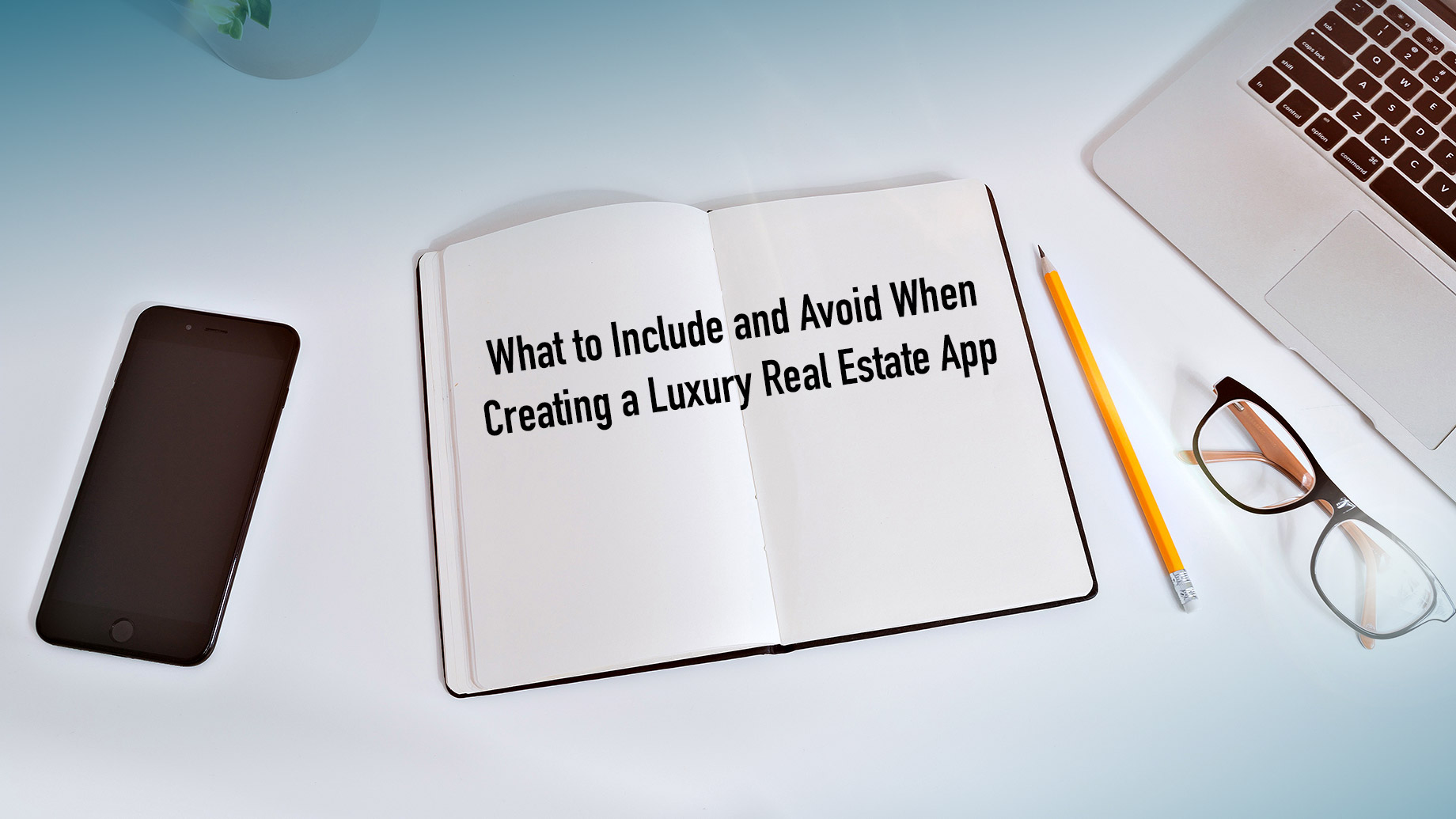
If you’re in real estate, you know that it’s often smart to create a proprietary app for your agency. By doing so, you’re providing your customers with the most highly customized experience possible. They’ll appreciate that.
There are plenty of public real estate sites and apps, such as Zillow, Trulia, and Redfin. However, these apps contain generalized information on many different properties. You can use them and find out about a $25K fixer-upper, or a $5 million mansion.
If you have customers who only want luxury properties, then they won’t like these wide-ranging apps. The one you create for your agency should give them a much more personalized experience.
Here are some helpful hints as to what features you should include and not include on your app.
No Homes or Properties Beneath a Particular Price Threshold
Most people would agree that luxury does not include bargain-basement homes that need tens of thousands of dollars in work to get them livable. That’s not what a luxury shopper wants to see in your app.
When you design and develop a real estate app, you should try to approach it from the client’s viewpoint. They will want to see:
- Only homes with a particular price tag, and no lower
- Homes within a specific geographic area
- Ones with particular features
As far as not having any homes beneath a certain price range, like $5 million, for instance, that’s going to be different from shopping on Zillow, Redfin, etc.
Stick to One Geographic Region
In regards to home-hunting within a specific geographic region, that’s going to be somewhat similar to commonly-used apps. However, you might have an app that’s unique to somewhere in which you specialize.
For example, if you know your clients only want vacation homes in Coral Gables, FL, then your app should focus just on that and some surrounding areas.
You don’t want your app’s scope to be as wide-ranging as some of the others. Your clients won’t have any use for many of its functions that way.
Particular Home Features
Most home-finding apps can let you look for house features if you modify your search. On Trulia, for instance, you might look for homes that:
- Are close to public transportation
- Are great school district-adjacent
- Have minimal crime nearby
That sort of thing probably is not going to appeal to the luxury home shopper as much. You might have some other features on your app instead for which the user can search.
For example, they might want only properties that have in-ground pools. They might be looking for homes with tennis courts or a bowling alley on the premises. They may need marina access if they have a yacht.
Make sure that you feature a method through which they can easily see these features that are more likely to interest them.
Tons of Pictures
With real estate apps, the more pictures you have for each property, the more likely that you can attract attention to it. This is the same on more widely-used apps as it would be for your proprietary one.
The real difference is that if you’re looking on Zillow and see a foreclosure property that’s going up for auction, there might not be a single interior picture. Usually, in these instances, no one bothers to go inside the house to take photos of it.
You’re trying to sell luxury properties, though, and not having lots of interior and exterior pictures is unacceptable. Humans are visually-oriented creatures. The more pictures you’re able to take for your app, the better your chance of selling it.
That means you need to communicate with the current owners, if necessary, and get house access to take pictures.
Because of this, you might need to have a professional photographer on retainer to take these shots. You can write off their salary as a business expense.
Apart from the photographer, you’ll need to employ an app design team to create the application for you, unless you have the technical know how to do it yourself.
You also might employ a single individual to create the app if you think they’re up to the challenge. Again, the app development cost will be a tax write-off, which will help you at the end of the fiscal year.
Remember, when designing a luxury property app, you’re appealing to a more discerning crowd.
Try to put yourself in their heads. Think about what features they’ll most like to have, and which ones they won’t.